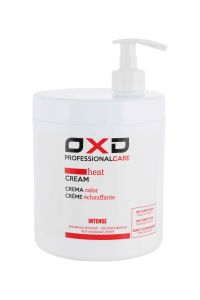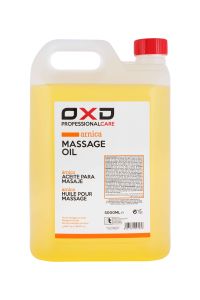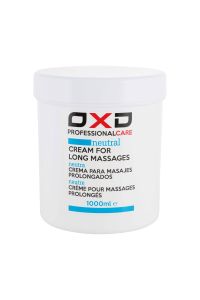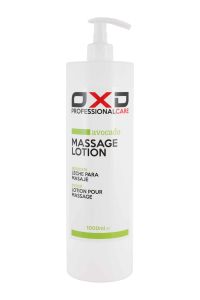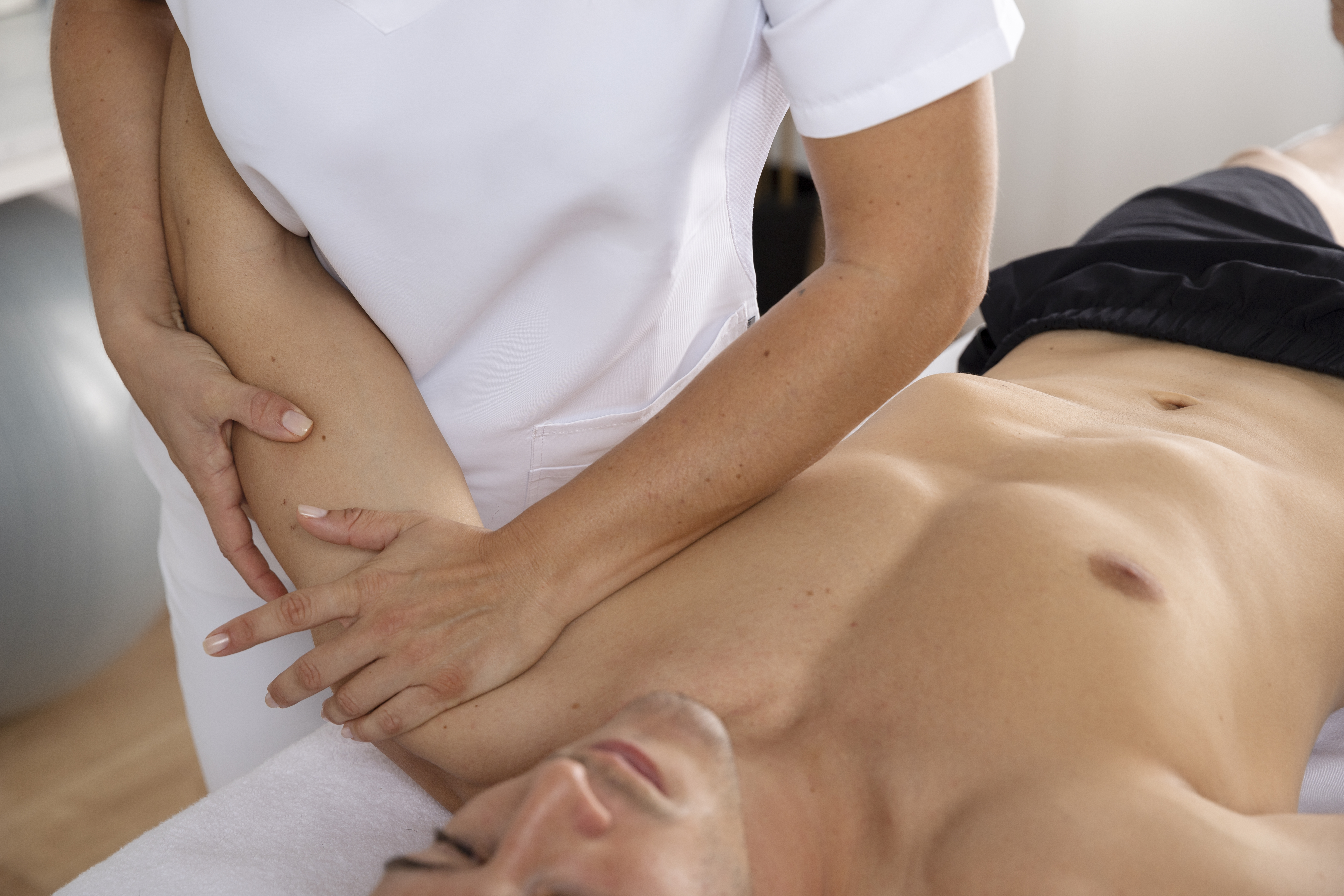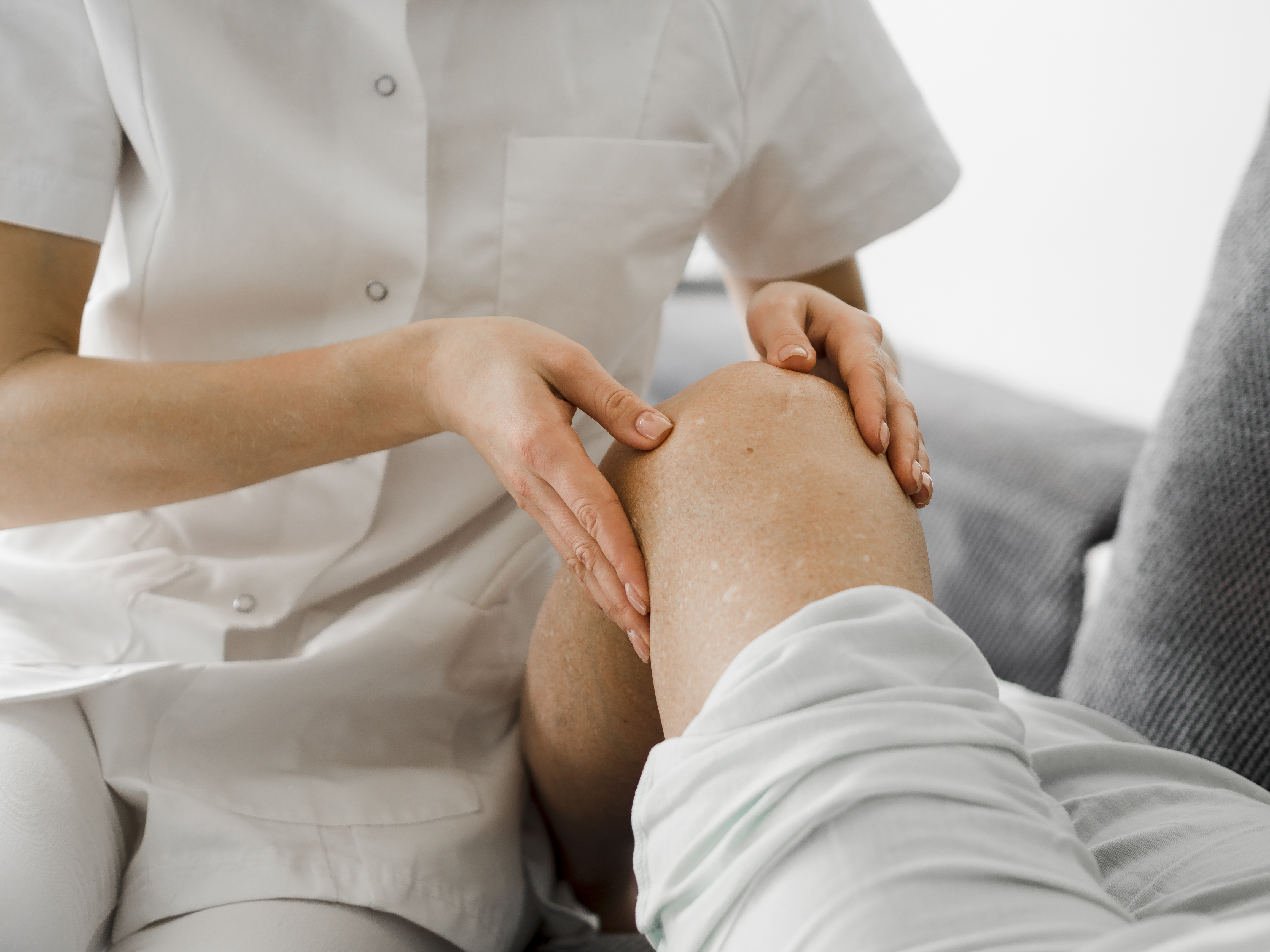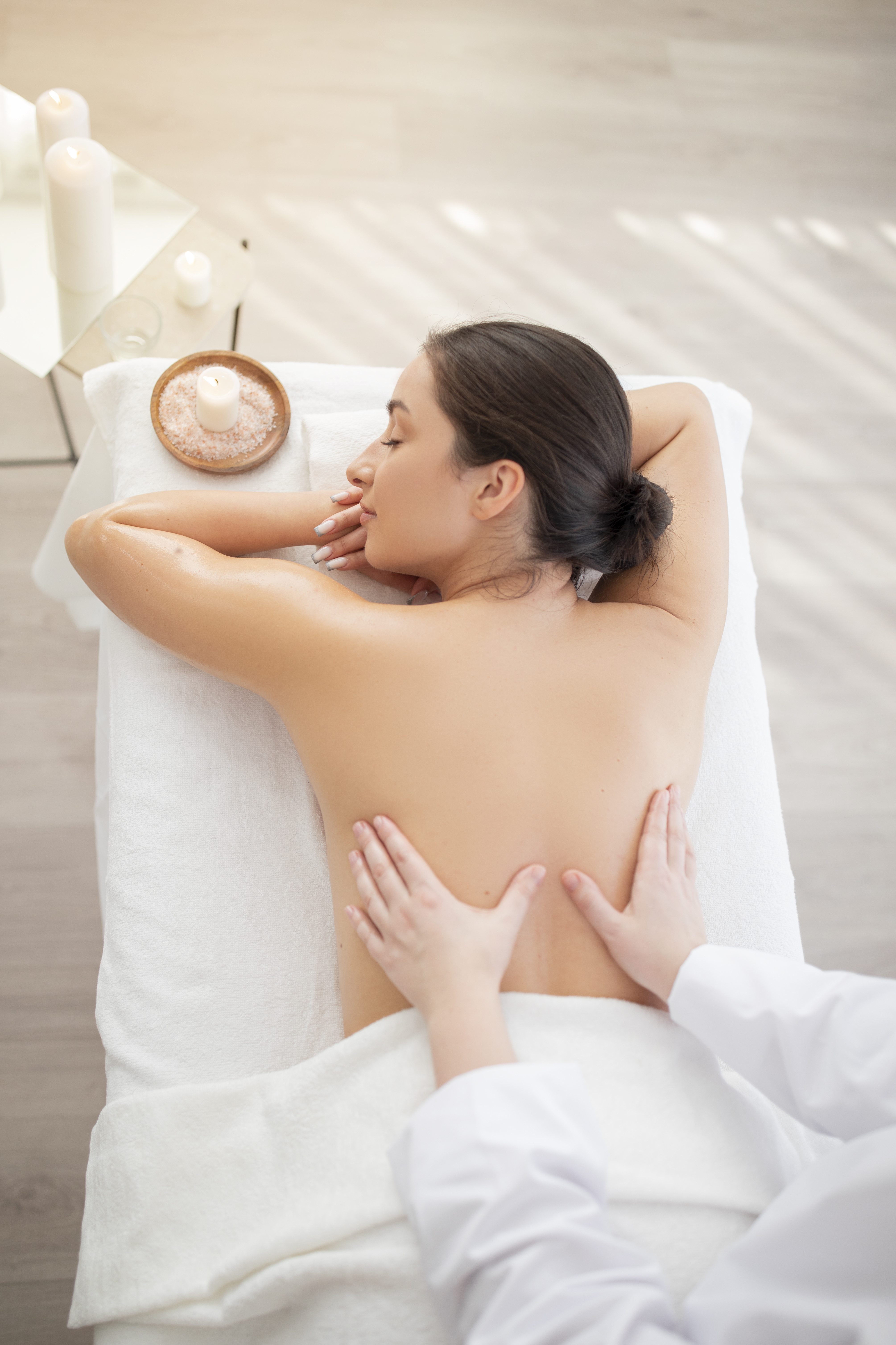The importance of exercise, massage and physiotherapy in maintaining good posture
The importance of exercise, massage and physiotherapy in maintaining good posture
The importance of exercise, massage and physiotherapy in maintaining good posture
Having good body posture is essential for our general health and well-being. The right posture not only helps prevent back pain, discomfort and injury, but also encourages good breathing, digestion and blood circulation. Not forgetting, of course, that it also improves the physical appearance.
In addition to avoiding bad habits, exercise, massage and physiotherapy are very important in maintaining proper posture This is especially true if people spend lots of time sitting down or standing up during the day. That is when they are most likely to have poor posture, which can lead to back pain and muscle problems.
Aware of this, at Telic Fisio & Sport we want to share a number of tips on how to maintain good posture through exercise, massage and physiotherapy. This will help people to avoid injuries and ensure that their bodies are working properly.
First of all, what is good body posture and why is it so important?
Good body posture means the proper alignment of the body so that weight and stress are distributed evenly through the joints and muscles. This helps with the proper functioning of the respiratory, circulatory and digestive systems. It also minimises the pressure on ligaments, avoids muscle overload and helps prevent pain and injury.
Good body posture has many benefits, beyond making us feel better about ourselves. These include:
- Preventing pain and injury
The right posture reduces strain on muscles and ligaments, preventing chronic and acute pain in the back, neck and shoulders.
- Improved breathing
Maintaining an upright posture leads to greater lung expansion, which will improve breathing capacity and oxygenation of the body.
- Circulation and digestion
Correct alignment of the body improves blood circulation and facilitates digestion, avoiding compression of the internal organs.
- Optimising physical performance
Adopting the correct posture will allow more efficient movements and reduce fatigue, improving physical performance in daily activities and, above all, in sports.
Ultimately, good posture is fundamental to overall health and well-being, so adopting and maintaining good postural habits in all daily activities will be an investment in quality of life over the long term.
Main causes of poor body posture
Now that we have seen some of the benefits it can bring us, let’s take a look at the main causes of poor body posture. In addition to affecting our appearance and our day-to-day comfort, we have already seen that this can lead to other health problems in the long term.
- Sedentary lifestyle
A sedentary lifestyle is one of the main causes of poor posture. Spending long periods of time in not very recommended positions, such as sitting on the couch, can put pressure and strain on the spine. This lack of movement and staying in the same position can cause muscle weakness and misalignment of the spine, leading to poor posture.
- Excessive use of electronic devices
Excessive use of electronic devices is another significant factor, as looking down at screens puts a constant strain on the neck and back.
This posture, known as “text neck”, can cause a forward tilt of the head and shoulders, negatively affecting the alignment of the spine.
- Diseases and medical conditions
In addition to lifestyle factors, there are various diseases and medical conditions that can contribute to poor body posture, such as:
- Scoliosis.
- Arthritis.
- Osteoporosis.
- Emotional factors and stress
It has been shown that stressed people tend to slouch, tense their shoulders and adopt a defensive posture. In addition, chronic stress can cause persistent muscle tension, contributing to poor posture.
- Lack of postural awareness
Many people are unaware of their posture while they are performing daily activities, which can lead to them habitually adopting an incorrect posture.
- Poor lifting techniques
Lifting heavy objects incorrectly, such as bending the back instead of the knees, can cause strain and injury to the spine, contributing to poor posture in the long term.
- Inappropriate footwear
Wearing inappropriate footwear, especially high-heeled shoes, can affect body alignment.
How do exercise, massage therapy and physiotherapy help in maintaining good posture?
Exercise
Exercise is crucial to strengthen the muscles that support the spine and joints. Activities such as yoga, pilates and core strengthening exercises help develop a strong muscular base, which is essential for maintaining an upright posture.
An exercise programme not only strengthens the muscles, but also improves flexibility and mobility, which is key to avoiding the tensions and imbalances that can lead to poor posture.
In addition, stretching exercises help relieve muscle tension and improve posture by reducing stiffness in key areas such as the back, neck and shoulders.
Therapeutic massages
Therapeutic massages play a fundamental role in the correct maintenance of body posture, helping to relax tense muscles and reverse contractures, which improves body alignment.
The most effective techniques for treating the affected areas and improving muscle flexibility include deep tissue massage, Swedish massage and trigger point therapy.
In addition, massage improves blood circulation, which helps nourish muscles and tissues, supporting their recovery and strengthening them. It can also reduce stress and anxiety, factors that often contribute to muscle tension and poor posture.
At Telic Fisio & Sport, we have OXD products for professional massage that will allow you to perform specific massages to work on body posture. These include creams, lotions, gels and oils that will enhance the massage and provide an immediate boost to the patient’s skin.
Physiotherapy
Physiotherapy is an indispensable tool for correcting and maintaining good postural hygiene. Physiotherapists are trained to assess and treat posture problems through specific techniques and personalised rehabilitation programmes, which can address muscle imbalances, weakness and movement restrictions that affect posture.
The different methods used include therapeutic exercises, manual manipulation and other methods such as electrotherapy and ultrasound therapy, which are very effective in preventing and combating postural problems.
In addition, a professional physiotherapist can give advice on ergonomics and postural practices to adopt in daily life.
At Telic Fisio & Sport, we also offer solutions for professional physiotherapy treatments which will complement the therapeutic processes for the care and maintenance of good posture.
In short, a combination of specific exercises, therapeutic massage and physiotherapy is essential to maintain good posture, helping to prevent and treat postural problems, as well as improve general health and well-being.
SOURCES:
https://neurosportavila.es/tecnicas-de-fisioterapia-para-mejorar-la-postura-corporal/
https://rekoveryclinic.com/tecnicas-fisioterapia-mejorar-postura-corporal/

 Español
Español Français
Français